|
It's been cold and snowy lately here in the northeast, and sometimes you just have to have soup. But going to the grocery store in a snowstorm is ill-advised. This recipe lets you use up all kinds of bits and ends that might be languishing in your refrigerator.
This particular recipe is my own creation, based on what was in my kitchen, but is entirely inspired by history. Several parts of history, in fact. The first is reducing food waste. Historical peoples did not throw out potatoes just because they were starting to sprout, or lettuce because it was a bit wilted, and neither should you. Putting lettuce in soup is also extraordinarily historic, and a practice that should be revived. Another is that this recipe is based on one of my favorites, "Green Onion Soup," from Rae Katherine Eighmey's Hearts & Homes: How Creative Cooks Fed the Soul and Spirit of America's Heartland, 1895-1939 (2002). Eighmey read hundreds of agricultural magazines and gleaned recipes and wisdom from the farm home sections. Found in the December 26, 1924 issue of Wallace's Farmer, Green Onion Soup is a unique recipe. A combination of simply green onions and potatoes, the soup is cooked in a small amount of water, and then partially mashed right in the pot without draining. Cream and milk are added to thin the soup and add richness. The soup is comforting and nourishing and retains all of the vitamins and minerals that might otherwise be lost by draining away the cooking water. Which brings me to the final inspiration - vitamin retention in the style of recipes from World War II. By cooking the vegetables in the water that becomes the broth, you lose far fewer nutrients and flavor. Plus, other aspects of the soup are also quite appropriate to WWII - it's meatless, in line with rationing, and makes good use of milk, a favorite 1940s ingredient. Creamy Kitchen Sink Soup Recipe
I had a number of foods that needed using up that made their way into this soup: a few red potatoes, a head of wilted red lettuce, the fresh bits of baby spinach out of a box that was on the verge of getting slimy, a whole celery root starting to go a bit soft, some garlic starting to go green in the middle, and the tail end of a gallon of milk. The only fresh addition was two bunches of green onions. You could modify it pretty much however you want - any kind of greens, any kind of onion, any kind of root vegetable.
4 red potatoes 2 bunches green onions (scallions) 1 celery root 3 cloves garlic 1 head red lettuce 1-2 cups baby spinach water salt pepper 1/2 cup half and half 1 cup buttermilk whole milk Scrub and dice the potatoes, cutting away any eyes or bad parts, but leave the skin on. Slice the green onions, white and green parts. Cut away the knobbly skin from the celery root, then cut into small dice. Mince the garlic, wash and chop the whole head of lettuce. Add it all, with the spinach to a large stock pot and add water not quite to cover. Add at least 1 teaspoon salt (I used wild garlic flavored crystal salt languishing in a drawer) and bring to a boil. Reduce heat and simmer hard until all vegetables are very tender and potatoes fall apart when pierced with a fork. Do not drain. Using a potato masher or sauce whisk, mash vegetables in the pot until blended with the water, leaving some chunks. Add a the half and half and buttermilk (or you could use part heavy cream, or leave out the buttermilk, or just use milk) then add milk to thin out the soup and to taste. Taste for salt and add more if necessary, along with pepper and whatever other herbs and spices you like. Serve nice and hot with buttered bread or toast. The buttermilk does add a nice, distinctive tang. If you don't have any, add a dollop of sour cream, or some plain yogurt, or a splash of lemon juice. You could make this vegan with plant-based milk and butter. For a different flavor, add whatever fresh herbs you have lying around - dill, parsley, basil, and cilantro would all be good here. Add vegetable broth and some lemon juice instead of milk for a bright, brothy soup instead of something creamy. Use sweet potatoes or squash and tomato broth with the greens. The possibilities are really endless.
If you'd like more interesting recipes, you can purchase Eighmey's book from Bookshop or Amazon - either way, if you do, your purchase will support The Food Historian!
The Food Historian blog is supported by patrons on Patreon! Patrons help keep blog posts like this one free and available to the public. Join us for awesome members-only content like free digitized cookbooks from my personal collection, e-newsletter, and even snail mail from time to time!
0 Comments
I've given a couple of talks on the history of macaroni and cheese now, and invariably someone brings up how homemade macaroni and cheese is so much better than Kraft. And I agree! While Kraft Dinner, invented in 1937, is definitely an important part of American history, you don't have to like it to appreciate it.
Macaroni and cheese dates back quite far in Western history. I think macaroni and cheese has its origins in ancient Roman shepherding and cacio e pepe - dried pasta, a little pasta water, very finely grated (fluffy!) pecorino romano cheese, and plenty of black pepper. But I like lots of black pepper on my macaroni and cheese, so perhaps I'm biased. By the 18th century, it's popular in Europe and James Hemings, enslaved chef to Thomas Jefferson, famously brings it back from his time in France. In fact, his recipe may have influenced cookbook author Mary Randolph, who was related to Jefferson, and whose macaroni and cheese recipe is one of the first to appear in an American cookbook. Macaroni and cheese is not particularly difficult to make. You can go super old-school and just layer butter and cheese, like Mary Randolph in The Virginia Housewife, one of the earliest references to macaroni and cheese in American cookbooks.
Or, you could emulate the later 19th century with a mornay sauce - that's bechamel maigre with some shredded cheese mixed in.
I'm firmly in the cheese sauce category, although I'm tempted to try the butter-and-cheese baked version, just to see how it measures up. Regardless, over the course of the 19th century, macaroni and cheese underwent a bit of a revolution, from expensive imported dish of the wealthy, to affordable railroad dining car, hotel, and cafeteria staple. For some, notably Black Americans, it also became an essential part of Thanksgiving and holiday tables - with recipes as varied as the cooks who made them. By the time we got halfway through the 20th century, it had also become a Depression-proof comfort food, beloved by children and people of all ages. Whether you're weathering a global pandemic, a bad day at work (or school), or just want to relive your childhood a bit, it's hard to go wrong with a steaming hot bowl of creamy, comforting, delicious macaroni and cheese. Better Than Kraft Macaroni & Cheese Recipe
There's not a lot of measuring in my kitchen, but the butter-to-flour ratio must always hold true - equal parts. You can increase or decrease the cheese to your preference, you can even mix cheeses. If you want something that tastes vaguely like Kraft, be sure to go with plenty of mild cheddar. Otherwise any kind of cheese, from smoked gouda to swiss to blue to cream cheese, are all fair game. You can halve this recipe if need be, but just make the whole pound of pasta. It makes decent leftovers. Here's what you'll need.
1 pound semolina pasta, any kind (I like elbows or medium shells) 1/2 cup butter (1 stick, salted or unsalted) 1/2 cup white flour at least 1 quart whole milk, maybe more 1-2 cups shredded cheese 1 tablespoon Dijon mustard (secret ingredient, optional) 1-2 teaspoons salt Your equipment needs are also basic. You'll need a 4 or 5 quart stockpot to boil the pasta, and a 2 quart pot to make the sauce, preferably one with a heavy bottom. Oh, and life will be a lot easier if you have one of these:
Okay, on to the instructions. First, grate your cheese. Don't use the pre-packaged store-bought shredded cheese - it's got anti-clumping agents (usually cellulose) that also prevent it from melting well.
Then, fill your 4 or 5 quart stockpot with at least 3 quarts of water and bring to a boil over high heat. Once boiling, add the pasta, a tablespoon of salt, give it a good stir to make sure it doesn't stick, and let it come back to a boil. Next, add your butter to the smaller saucepan and cook over medium heat until the butter is melted and bubbling. When the butter makes a sizzling noise, quickly whisk in the flour, making sure there are no lumps. And then, the important part, let the butter and flour mixture cook for at least 30 seconds, stirring occasionally. If you don't cook your flour, your sauce will be pasty. Yuck. There's a fine balance between golden cooked mixture and browned roux, though, so just keep an eye on it. Once your roux is cooked, start adding whole milk, a cup or so at a time. Whisk and allow to thicken between additions. After you've added a few cups of milk and the sauce is thickening up again, add your shredded cheese and Dijon mustard, and whisk thoroughly until the cheese is melted into the now very thick sauce. Then add more milk and whisk vigorously again. Keep adding milk until your saucepan is at least 2/3 if not 3/4 full. Meanwhile, your pasta has been boiling. You should check it occasionally to test doneness - the pasta should be soft but not soggy. Taste a piece each time. When done, drain and return to the cooking pot. Once your cheese sauce is thickened up enough to nicely coat a spoon, taste for salt and add, 1 teaspoon at a time. You want your sauce to be quite salty, as the pasta will be bland and absorb flavor. Once you're satisfied (always better to undersalt - you can add more at the table), pour the cheese sauce into the stockpot with the pasta and stir well. If the sauce seems a little liquidy, let it rest on the pasta for a few minutes. The pasta will absorb much of the liquid and thicken the sauce. Serve hot with extra salt for those who like it very salty (like me), and plenty of black pepper. Feel free to also top it with more cheese, chopped tomatoes, sliced scallions, caramelized onions, crumbled bacon, sausage, steamed broccoli, or anything else that strikes your fancy.
If making the cheese sauce and boiling the pasta at the same time seems tricksy and too much multi-tasking, boil and drain your pasta first, and then make the sauce. You'll feel better if you can give it your full attention, without getting distracted.
And there you have it - a macaroni and cheese recipe that is tastier than Kraft, nearly the same speed (start to finish is about 30 minutes), and almost as cheap. Do you have a favorite way you like your macaroni and cheese?
The Food Historian blog is supported by patrons on Patreon! Patrons help keep blog posts like this one free and available to the public. Join us for awesome members-only content like free digitized cookbooks from my personal collection, e-newsletter, and even snail mail from time to time!
White Christmas has a famous scene about sandwiches. In it, Bing Crosby (playing Bob Wallace) waxes lyrical on the types of women he dreams about when he eats various sandwiches as a bedtime snack. Rosemary Clooney (playing Betty Haynes) teasingly asks him what he dreams about when he eats liverwurst. Bob shudders in response. I'll be honest - I've never had liverwurst. Some people love it, some people hate it. Maybe someday I'll try it, but my vegetarian friend saved the day. The phrase "lentilwurst" popped into my mind and I decided to run with it. This recipe is the only one that isn't based on a historical recipe (for obvious reasons), but lentils were around in the 1950s and were used as a vegetarian substitute for meat. This recipe also takes after slightly the infamous vegetarian bean loaves and nut loaves of the late 19th and early 20th century. In fact, one of the recipes I considered for the menu was "Boston Roast," which is a take on meat loaf, only made with beans (hence Boston) instead. I based my recipe loosely on this one, but with a few tweaks of my own. Here's my version, which you could easily make vegan by using olive oil or butter substitute, and vegan mayonnaise. Lentilwurst (a.k.a. Vegetarian Liverwurst)1 cup red lentils 1 1/2 cups water 1/4 cup butter (half a stick) 1 pint baby bella mushrooms 1 teaspoon dried sage (not ground - use 1/2 teaspoon if using ground) 1 teaspoon smoked paprika 1/2 teaspoon ground ginger 1/2 teaspoon ground mace (can use nutmeg instead) 1/2 teaspoon black pepper 1/2 teaspoon onion salt 2 heaping tablespoons mayonnaise Rye bread Dijon mustard In a 2 quart saucepan, bring lentils and water to a boil, then reduce heat and cook until lentils are very soft and have absorbed all water (watch out for boiling over and stir occasionally). Meanwhile, clean and finely mince mushrooms. When the lentils are done, remove to a glass dish to cool. Wash the same saucepan and add the butter and spices. When butter is melted, add mushrooms and cook over medium to medium-low heat until the juices and butter are largely reduced. Mix mushrooms, lentils, and mayonnaise until well combined. Chill in a glass container in the fridge. When ready to serve, slice or spread onto rye bread that has been thinly spread with mustard. Eat open faced or closed. The lentilwurst sandwiches were the surprise hit of the evening. Everything on the menu was good, but this was so good I was very sad I hadn't made a double batch, and have since gone out and bought more mushrooms precisely so I can make more. The mushrooms and lentils gave it a meaty texture, and the salty, spicy flavors of the seasonings went very well with the rye bread and mustard (traditional liverwurst sandwich ingredients). I did not add onions or pickled onions to the sandwiches as I had considered, but that would be another lovely addition. We gobbled this right up with no regrets. Do you think lentilwurst goes with White Christmas (1954)? Let me know in the comments! And be sure to follow the White Christmas tag or visit the original menu post for the rest of the White Christmas Dinner and a Movie menu. Want to see more Dinner and a Movie posts? Make a request or drop your suggestions in the comments! The Food Historian blog is supported by patrons on Patreon! Join us for awesome members-only content like free digitized cookbooks from my personal collection, e-newsletter, and even snail mail from time to time! In one of my recent media interviews, a journalist asked what was my go-to pandemic snack, and this was the only thing I could think of. I made it pretty early on in the pandemic as a way to have something indulgent but still vegetable-y. It's not based in history really, just straight out of my brain. But it combines the best worlds of BLTs, tomato sandwiches, and creamy chip dips in one. I call this "BLT" Dip, but it doesn't actually have any lettuce or even bacon in it. And you can put bacon in it if you want to (heck, you could add a sturdy lettuce like chopped romaine, too, if you want), but the smokiness of the smoked Spanish paprika really does a better job, I think, at bringing out the smoky, salty, tastiness of bacon without the extra calories. It makes this dip more friendly for vegetarians, too! And you could replace with mayo and sour cream with all vegan mayo, if you want. The smokiness and creaminess is what makes this dip extremely tasty with potato chips and kind of addictive. It makes a lovely side to grilled foods, or as a light lunch or dinner for when it's just too hot to cook. If you garden and find yourself with a glut of cherry or grape tomatoes, this is a great way to enjoy them! Creamy, Smoky Tomato Dip Recipe1 pint cherry tomatoes 2-4 scallions pinch of salt 1 cup mayonnaise 1/4 cup sour cream 1-2 teaspoons smoked Spanish paprika Cut the cherry tomatoes in half lengthwise and then slice cross wise into chunks or slices. Place in a bowl and add a pinch of salt, stirring to combine. Then thinly slice the scallions, white and green parts, and add to the tomatoes. Add mayonnaise (at least 1 cup), sour cream (just a dollop or two), and the Spanish paprika, and stir thoroughly. Serve with potato chips - we prefer kettle chips. You could also theoretically pile this on toast and pretend it's an extra-delicious tomato sandwich. If you enjoyed this recipe, please consider becoming a patron on Patreon! Patrons get access to special members-only content, including blog posts and free digital cookbooks from my personal collection. And your support helps keep content like this free and available to everyone.
Many of my fans and patrons have been interested in and asking for more of what I call "sturdy salads" - lovely things made of vegetables and legumes and occasionally meats that can be stowed away in the fridge and eaten warm or cold or room temperature. One of our favorites is the Herbed Red Bean Salad I've made many times before. But it was very hot the other day, I was feeling green bean-ish, and was inspired by this little cookbooklet: Good Housekeeping's Book of Salads to heighten appetites and brighten meals (1958). When I made this salad I couldn't find the recipe that I KNEW had inspired it, but I finally tracked it down in this lovely little cookbooklet. Now, there are definitely a million recipes in here for gelatin-and-whipped-cream-based "salads," but there are a surprising number of sturdy vegetable salads - just the kind I like. Green Bean Parmesan Salad (1958)Here's the original recipe, in case the print is too small to read! 2 lb. green beans, cut on angle into 2" pieces 1 small onion, minced 1/2 cup salad oil 1/4 cup wine vinegar 1 teasp. salt 1/4 teasp. pepper 1/2 cup grated Parmesan cheese 2 tablesp. chopped anchovy fillets (optional) Cook beans in 1" boiling salted water, covered, until tender - about 15 min. Drain; cool. Toss beans with rest of ingredients. Refrigerate. Green & White Bean Salad with Lemon & ParmesanMy recipe was a riff on that original. I wanted something a little more substantial for a supper dish, and I thought lemon would be a nice addition to the vinaigrette with the Parmesan. I will say, if I were to make it again, I would actually remember this time to include either minced white onion soaked in lemon juice, or thinly sliced scallions (which I had! But forgot to put in). Diced celery would also not be remiss in this salad - it needs a little extra crunch. 2 cans white cannelini beans, drained and rinsed 1 pound green beans 3 tablespoons olive oil 3 tablespoons lemon juice 2 tablespoons cream (optional) 1 tablespoon dijon mustard 1/4 to 1/2 cup finely shredded Parmesan Bring a few inches of water to boil in a large stock pot. Snap the stem ends and any bad ends off the green beans. Add to the boiling water and cook, covered, for 3-5 minutes (15 is too long!) until bright green and tender. Meanwhile, mix the olive oil, lemon juice, cream, and mustard in a serving bowl and fold in the white beans. Add the hot green beans and mix thoroughly to coat with the dressing. Add the Parmesan and toss to mix well. Serve room temperature with toast. I will say - this would probably be better if you mixed the dressing and the white beans the day before to let the beans fully marinate before adding the green beans. Don't have cannellini beans? Substitute boiled cubed potatoes, steamed cauliflower florets, small white navy beans, or even pasta. Don't have green beans? Substitute asparagus, snow peas, frozen garden peas, or even broccoli. And if you're trying to stay away from carbs altogether, try a combination of just the green vegetables in the sauce. If you liked this recipe, please consider becoming a member or joining us on Patreon. Members and patrons get special perks like access to members-only content, and discounts on programs and classes.
In these days of quarantine cookery, sometimes you run out of pasta. But no worries! If you happen to have semolina flour on hand (I use it for dusting pizza crusts - works like a charm), or even if you have some spare Cream of Wheat lying around, you can make these delightful gnocchi. They are also a good way to use up any milk that needs using as it uses 2 cups (a.k.a. a pint). Simple Italian Cookery was one of the first vintage cookbooks I ever cooked from, and it was this recipe. Published in 1912 by Antonia Isola, Simple Italian Cookery is considered one of the first Italian cookbooks published in America. Except, "Antonia Isola" was a pseudonym for Mabel Earl McGinnis, a New Yorker who had spent several years living in Rome before turning her hand to cookbook authoring. Simple Italian Cookery was her only known published cookbook and little else is known about her. Despite a fairly thorough search, I was able to turn up little more than references to her pseudonym. She apparently married a Norvell Richardson at some point, and a Mr. & Mrs. Norvell Richardson show up in 1956 in a Virginia newspaper, but simply in a list of guests. I did find this little reference in my newspaper searches as well. It's an interesting advertisement for the book, published February 24, 1912 in the New York Sun. McGinnis is touted as an "expert" and the reference to "Italian cookery is far from being all 'garlic and macaroni'" is an interesting a slightly racist reference to the cuisine of Italian Americans. By framing this book as "authentic" Italian, rather than the Americanized version of impoverished Italian immigrants, the publisher is setting Simple Italian Cookery in an interesting position - touting its social palatability by associating it with Europe and romantic Italy, trying to convince "American housekeeper" (i.e. white Anglo middle-class women) that the food is simple to prepare and affordable, and also distancing itself from connections to immigrant Italians, who were counted among the "undesirable" immigrants flooding New York (and other locales) in droves during the early 20th century. Gnocchi di SemolinaMabel's recipe is really a version of "Gnocchi alla Romana," made from semolina cooked on the stove top, cooled, and then baked again. They predate potato gnocchi, of course, and I vastly prefer them to the potato version. Plus, they're easier! The original recipe doesn't call for tomato sauce, although they are delicious that way. Parmesan cheese would be traditional, but any kind of aged cheese would work. The recipe above is fairly straightforward, especially if you use a pint canning jar to measure. Be forewarned, however, that two hungry adults can eat this whole pan by themselves (with seconds). A serving size is about 5 squares, and this recipe makes about 20 squares. So you may want to double it for more people, or if you aren't planning a salad or other side dish to accompany it. 1 pint of milk (2 cups) pinch of salt 1/2 cup farina/semolina flour/cream of wheat 1 egg butter cheese In a 2 quart saucepan over medium heat, bring the milk to a boil (watch it - it boils over easily!). Add the semolina gradually and whisk while you're at it. Keep whisking as it thickens up, otherwise it will bubble and spit hot semolina at you. You don't have to cook and stir constantly for ten minutes - but cook it for longer than you think, to get as much of the moisture absorbed as possible - the semolina should be quite thick. Pour out onto parchment paper, aluminum foil, or a wooden cutting board, pat into a rectangle a little more than an inch thick and let cool. Preheat the oven to 375 F. Once cool, cut into squares and layer in a buttered baking dish. Dot with butter and sprinkle with shredded cheese between layers (you'll get about 2 layers). Bake about 20 minutes, or until hot and bubbly. Serve hot with your favorite "gravy" or tomato sauce, or any other kind of sauce you like, or none at all. The gnocchi will be meltingly tender and delicious. Clearly I used a meat sauce with this, but you could easily make this a Meatless Monday dish - use plain marinara, vodka sauce, pesto, or go the cacio e pepe route and add pecorino (or parmesan) and plenty of black pepper. This takes a bit of preparation, but if you've been craving something hot and comforting but are out of pasta at home, gnocchi di semolina makes a great substitute. What comfort foods are you cooking while on stay at home orders? If you liked this post, please consider becoming a member or joining us on Patreon. Members and patrons get special perks like access to members-only content.
Inspired by my Patreon patrons (please join us!), I'll be occasionally posting Meatless Monday historic recipes. I ran across a gem of a website with scanned pages of all the recipes from Kitchen Klatter Magazine. The magazine was an outcropping of a radio show by the same name, hosted by Iowa homemaker Leanna Field Driftmier. On the air for sixty-one years, Kitchen Klatter is thought to be the longest-running show of its kind in the U.S. Anyone interested in doing some research on Driftmier can find her papers as well as cookbooks and other materials at the University of Iowa Library. I have an interest in homemaker radio shows, but my World War I research isn't quite ready to let go of me just yet, so more in-depth research is on the horizon. Sadly, it doesn't seem as though the Kitchen Klatter radio program survived, although I could be wrong. Few, if any of them, have been digitized. Although oral history collections and historic film are often preserved through digitization, historic radio is more neglected, particularly homemaker shows. At any rate, this particular recipe page (listed above) is from 1944, toward the end of the Second World War. In my opinion, cottage cheese is completely under appreciated in modern American cooking, which is why I always enjoy finding historic recipes for it. High in protein and generally low in fat, it is creamy and delicious. Cottage cheese, and its siblings ricotta and farmer cheese, are well-used in many European cuisines, particularly in Eastern Europe. RECIPE: Cottage Cheese Sausage1 cup cottage cheese, drained dry Note that the recipe calls for "cottage cheese, drained dry." Cottage cheese naturally has creamy whey in it, but for this recipe you need to drain the whey off or use farmer cheese, which is simply cottage cheese that already has the whey drained off. To drain, line a sieve with cheesecloth or a coffee filter, place it in a bowl to catch the whey, and add the cottage cheese. Cover and refrigerate for several hours or overnight. Before using, squeeze out any additional whey. Frying "sausages" like this will require a fair amount of oil - preheat a pan (I prefer a cast iron skillet) and cover the bottom with enough oil to run when the pan is tipped. Or, add even more to shallow fat fry the sausages. Serve with mashed or roasted root vegetables and a green vegetable, or, for a more breakfast sausage treatment, serve with pancakes, french toast, or fried eggs. BONUS RECIPE: White Bean "Sausage" CakesAs a bonus for the vegans out there, I made up a similar recipe last year using canned cannellini beans and oatmeal. Here's an approximation of the recipe (I make it differently every time). 1 can cannellini beans, drained (save the liquid) There are lots of "mock sausage" recipes that have been around since very early in American history. The sage is the primary suggestion of sausage, so don't leave it out, unless you prefer herbed white bean cakes to mock sausage. Now that the colder weather is back with us, I think I may just attempt the cottage cheese recipe. Do you have any historic vegetarian recipes to share? What have you been cooking lately? If you enjoyed this installment of #MeatlessMondays, consider becoming a Food Historian patron on Patreon! Members get access to patrons-only content, to vote for new blog post and podcast topics, get access to my food library, research advice, and more!
|
AuthorSarah Wassberg Johnson has an MA in Public History from the University at Albany and studies early 20th century food history. Archives
September 2023
Categories
All
|


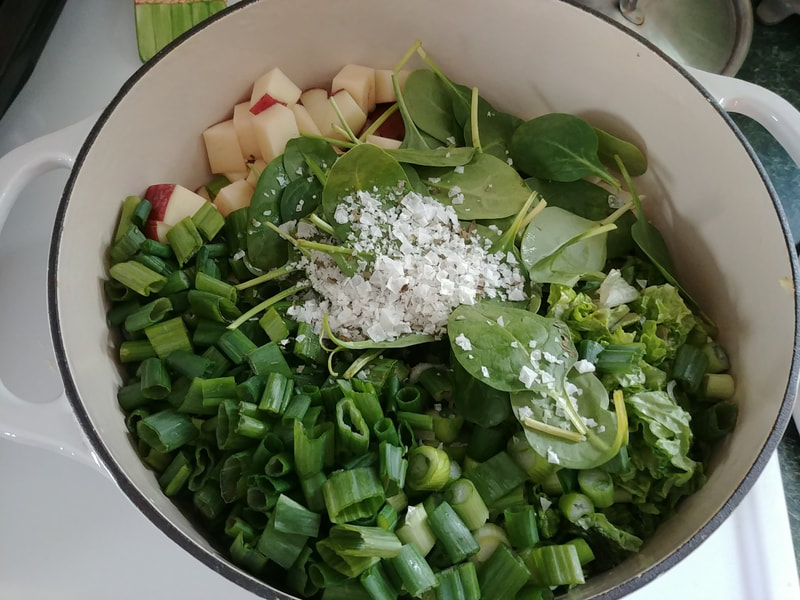
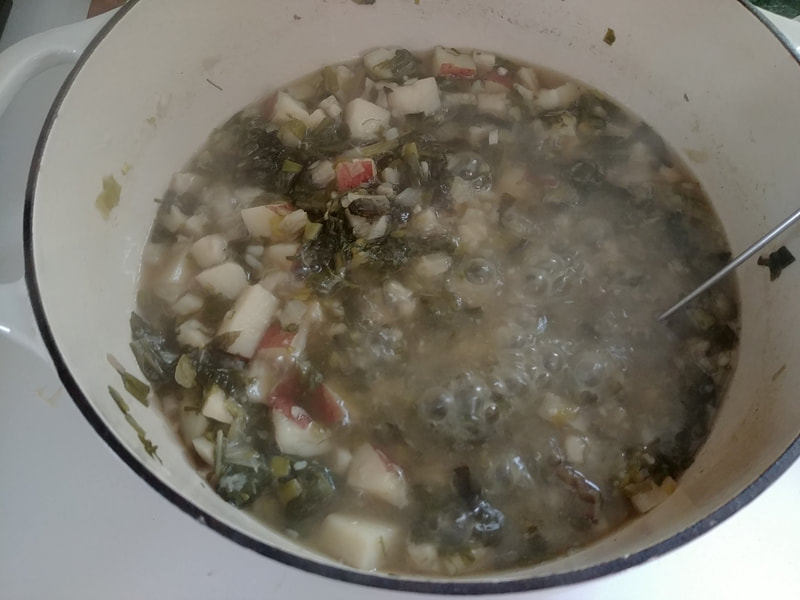
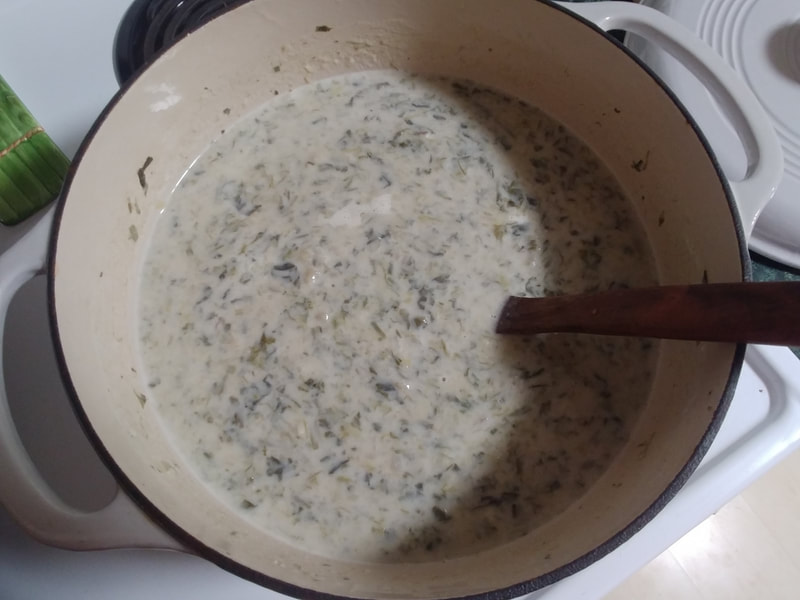
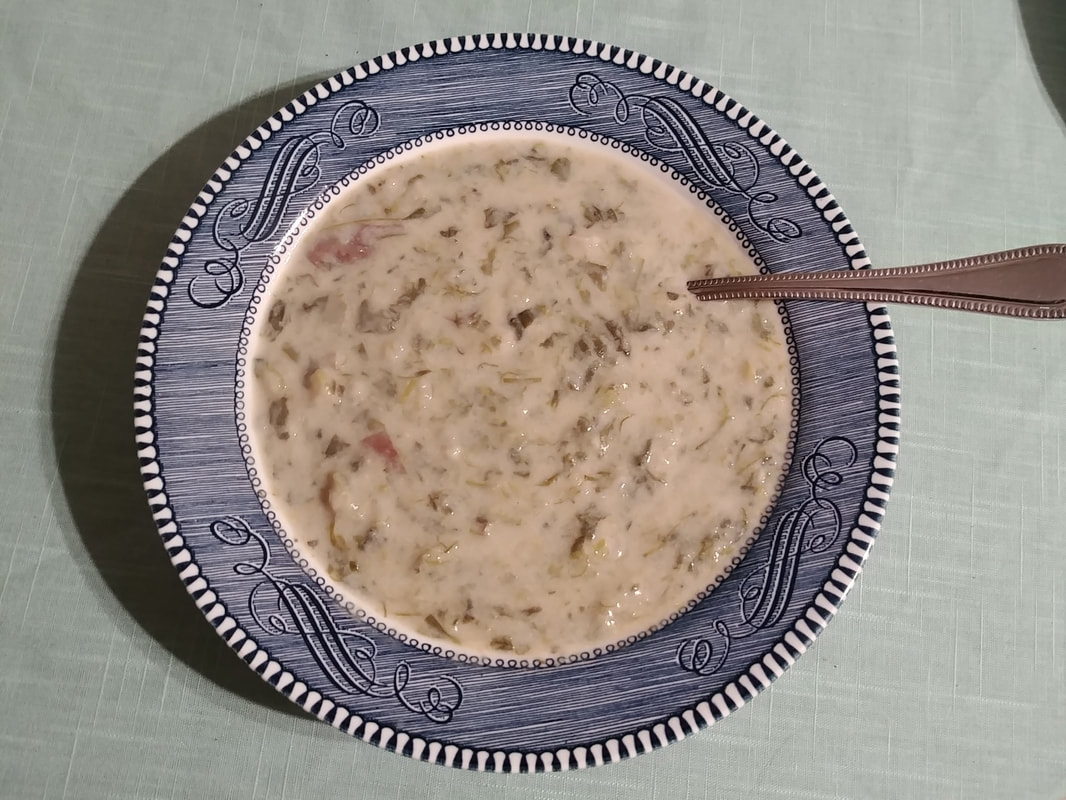

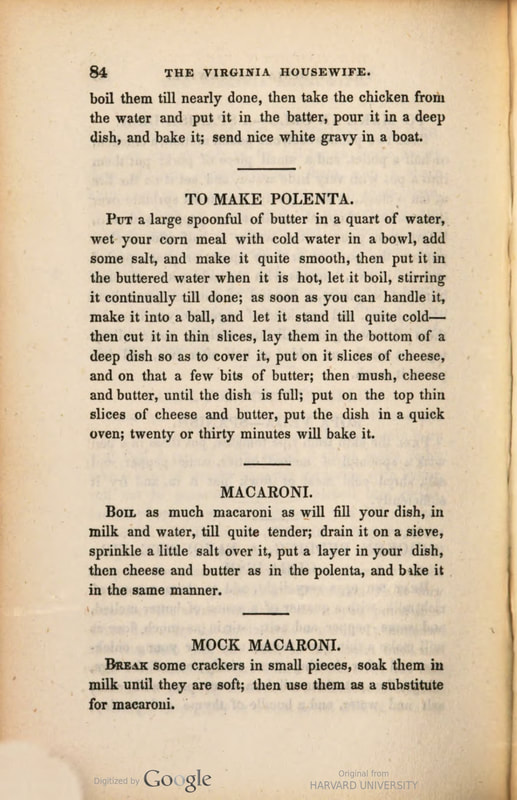
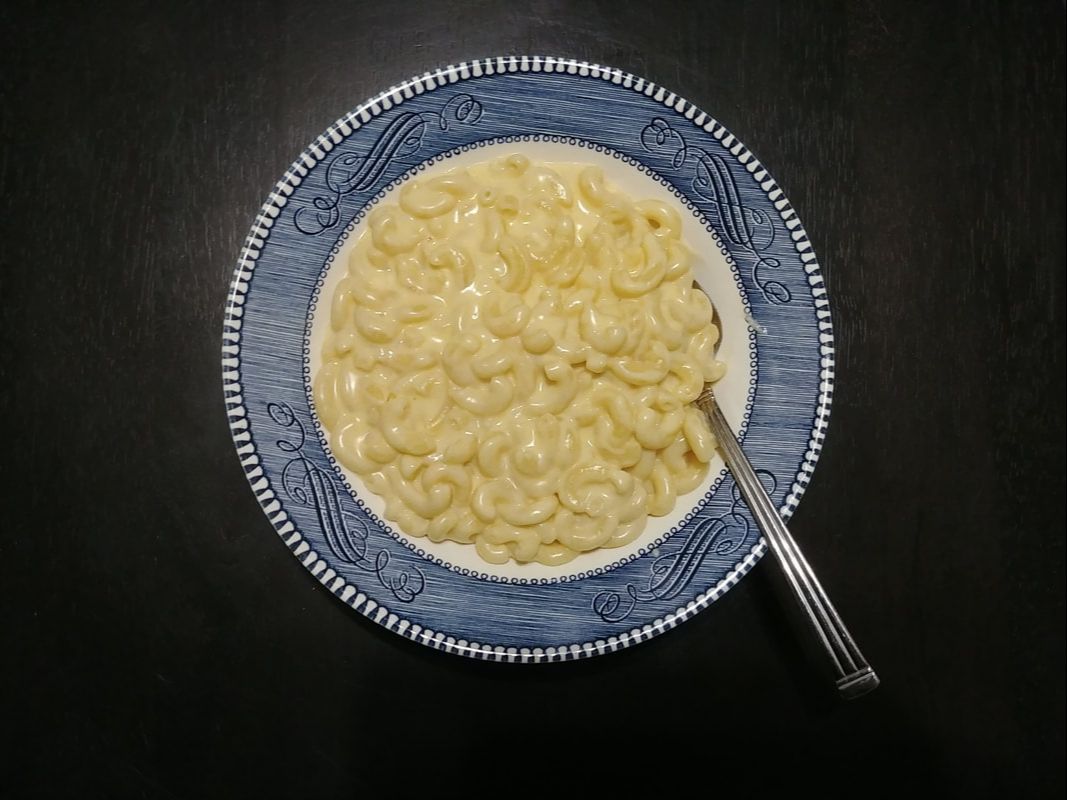
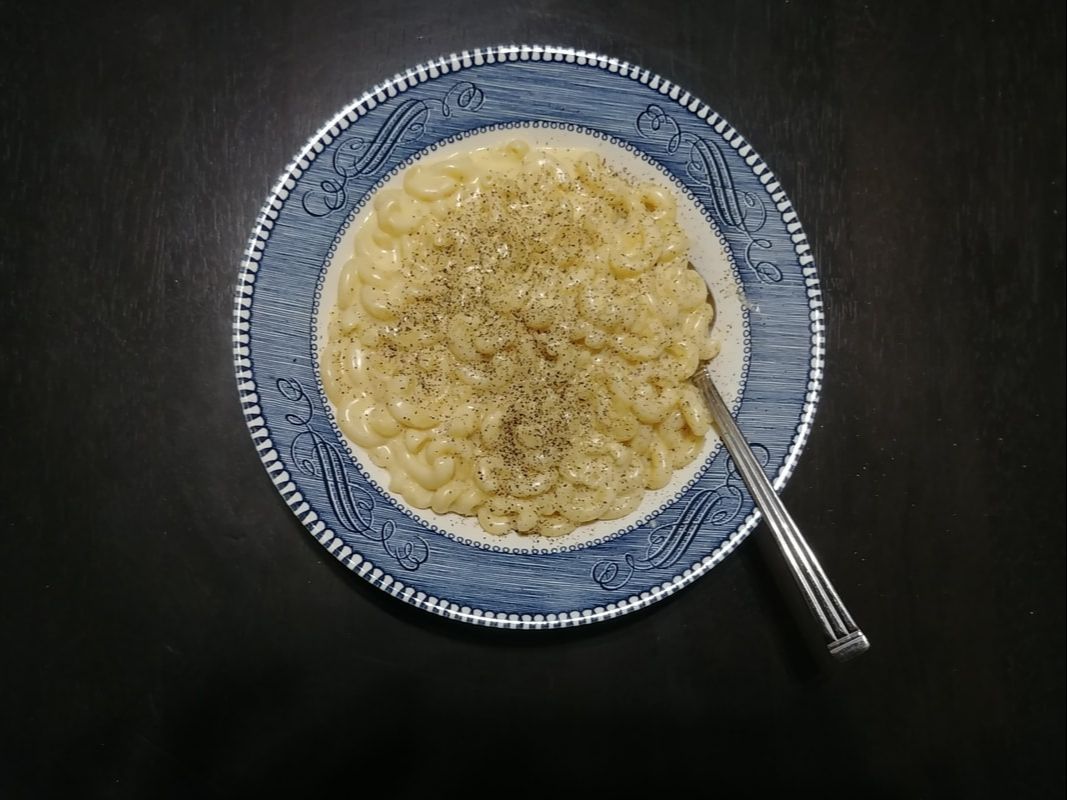
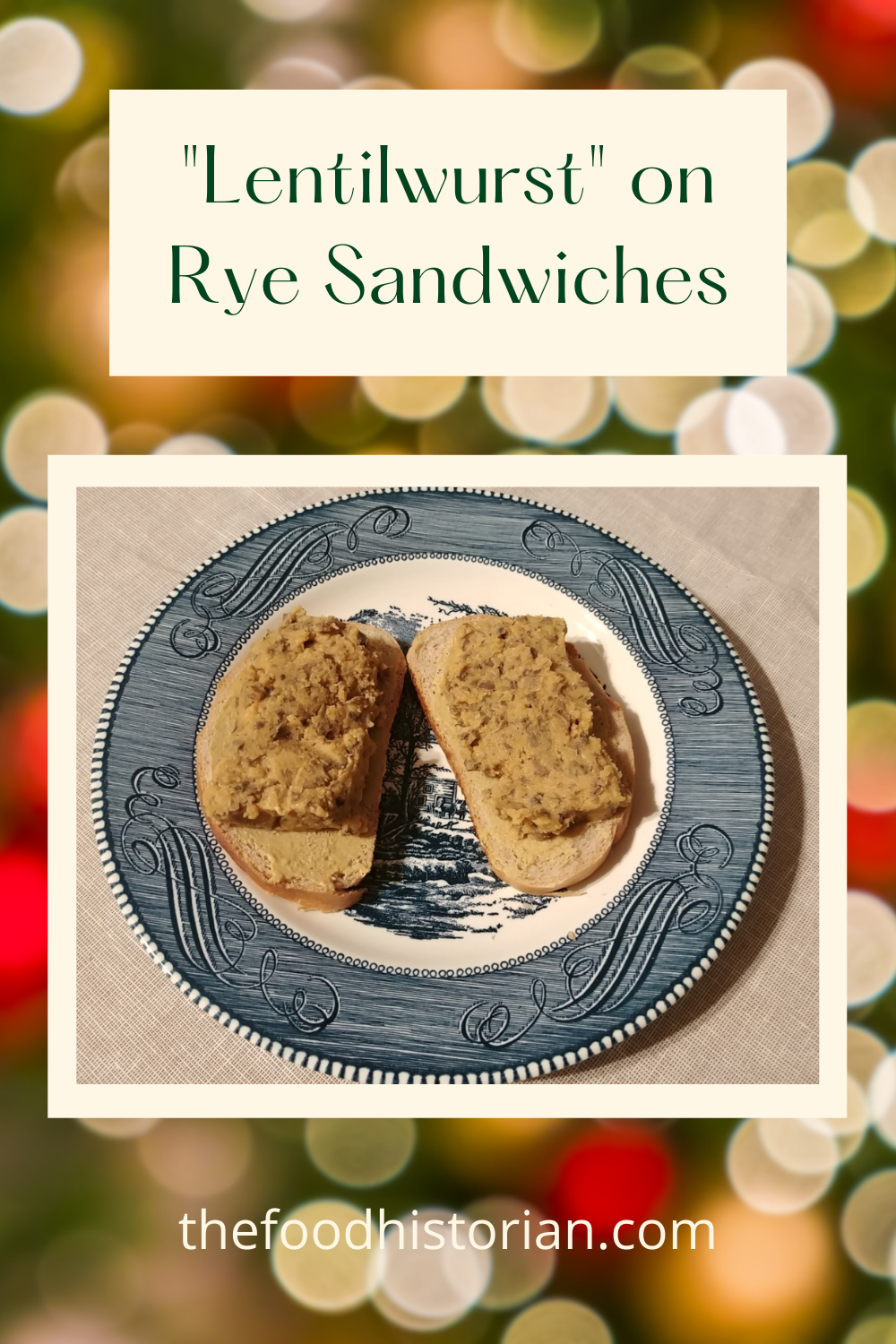
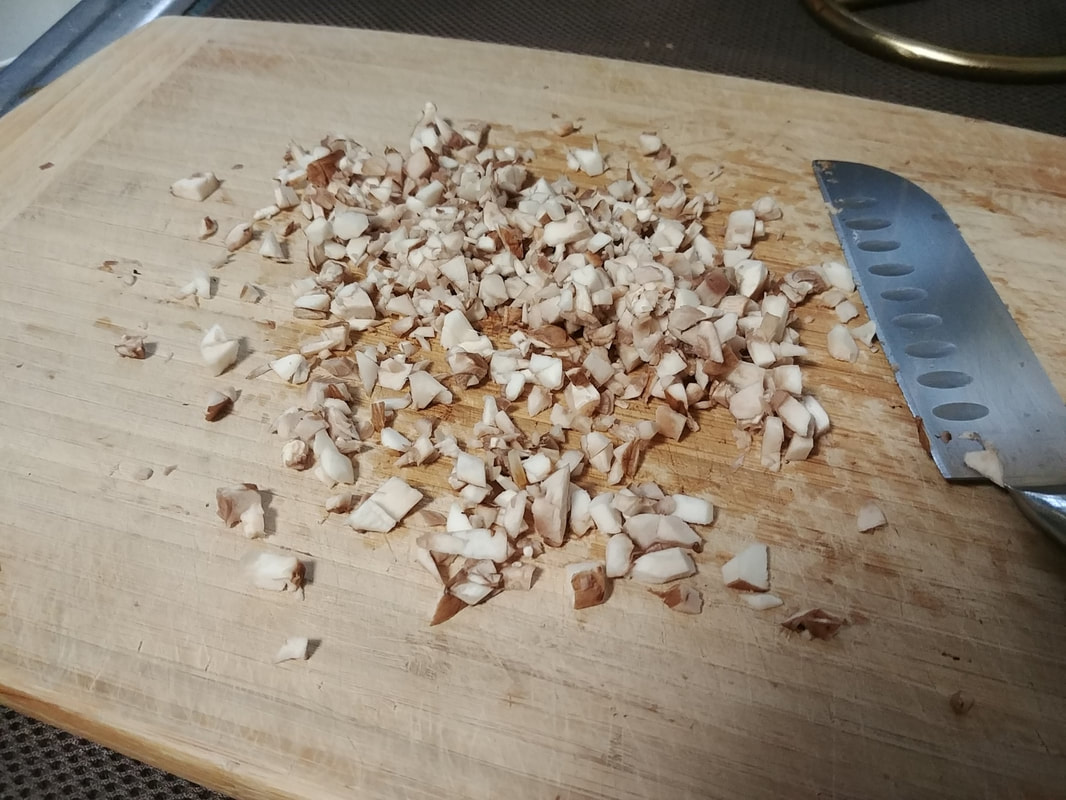
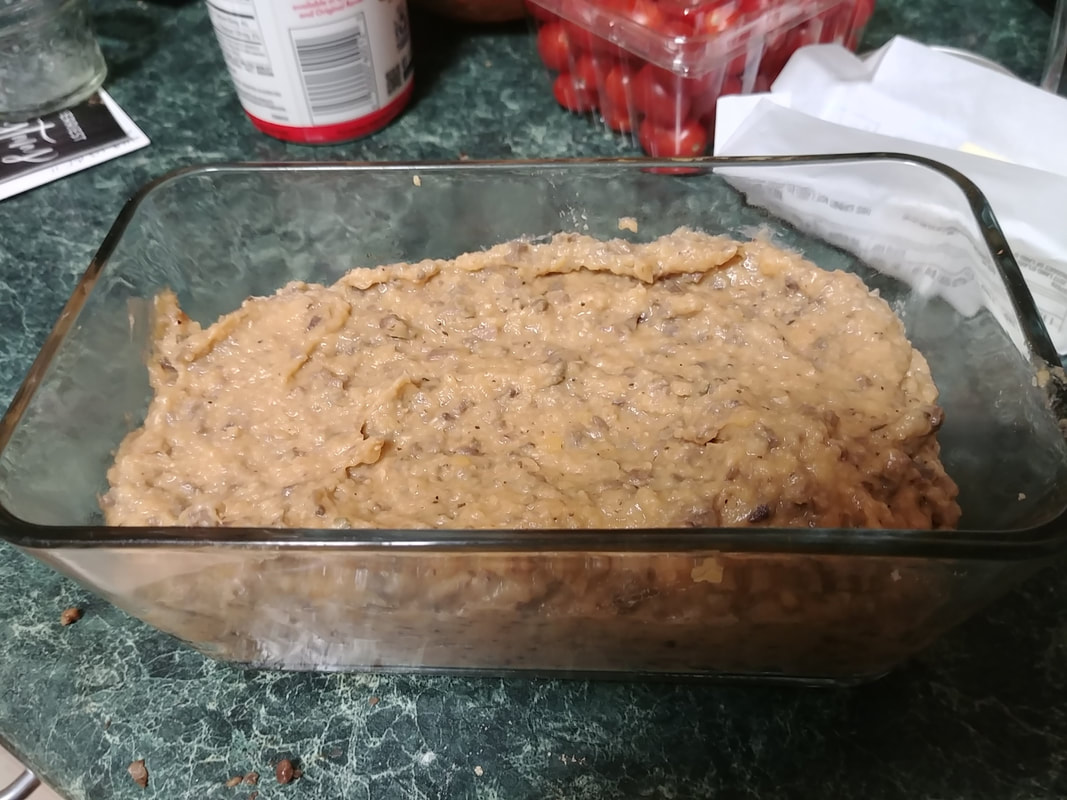
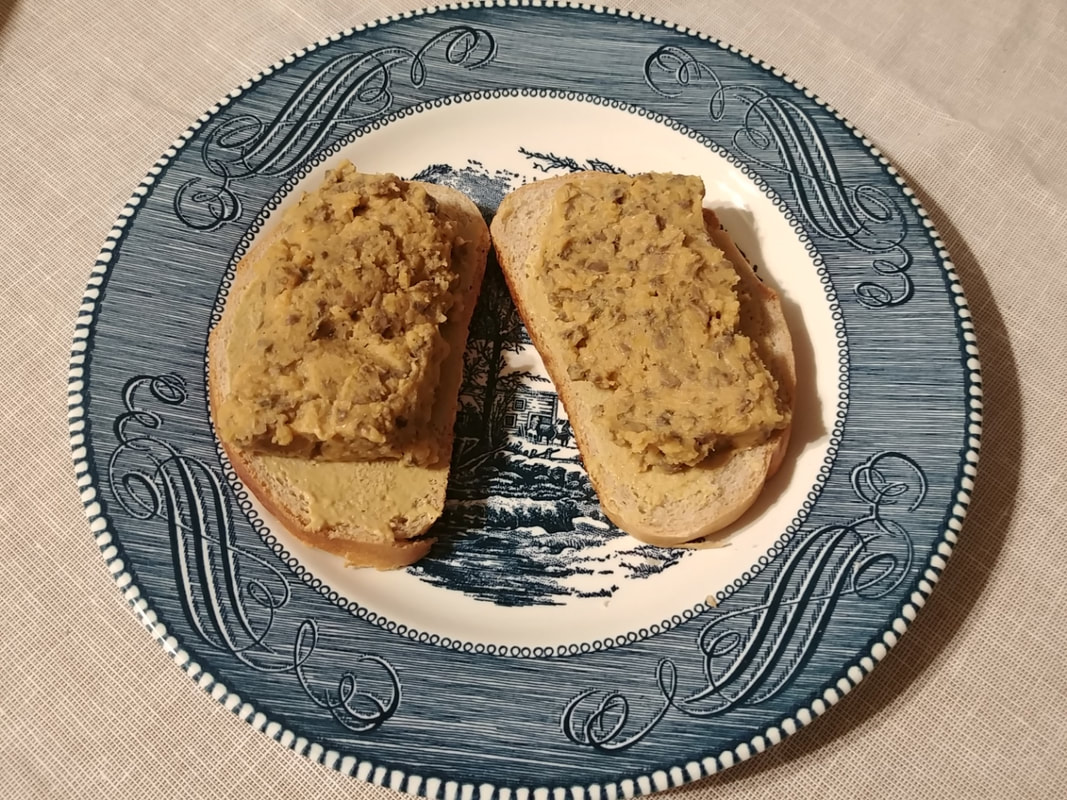
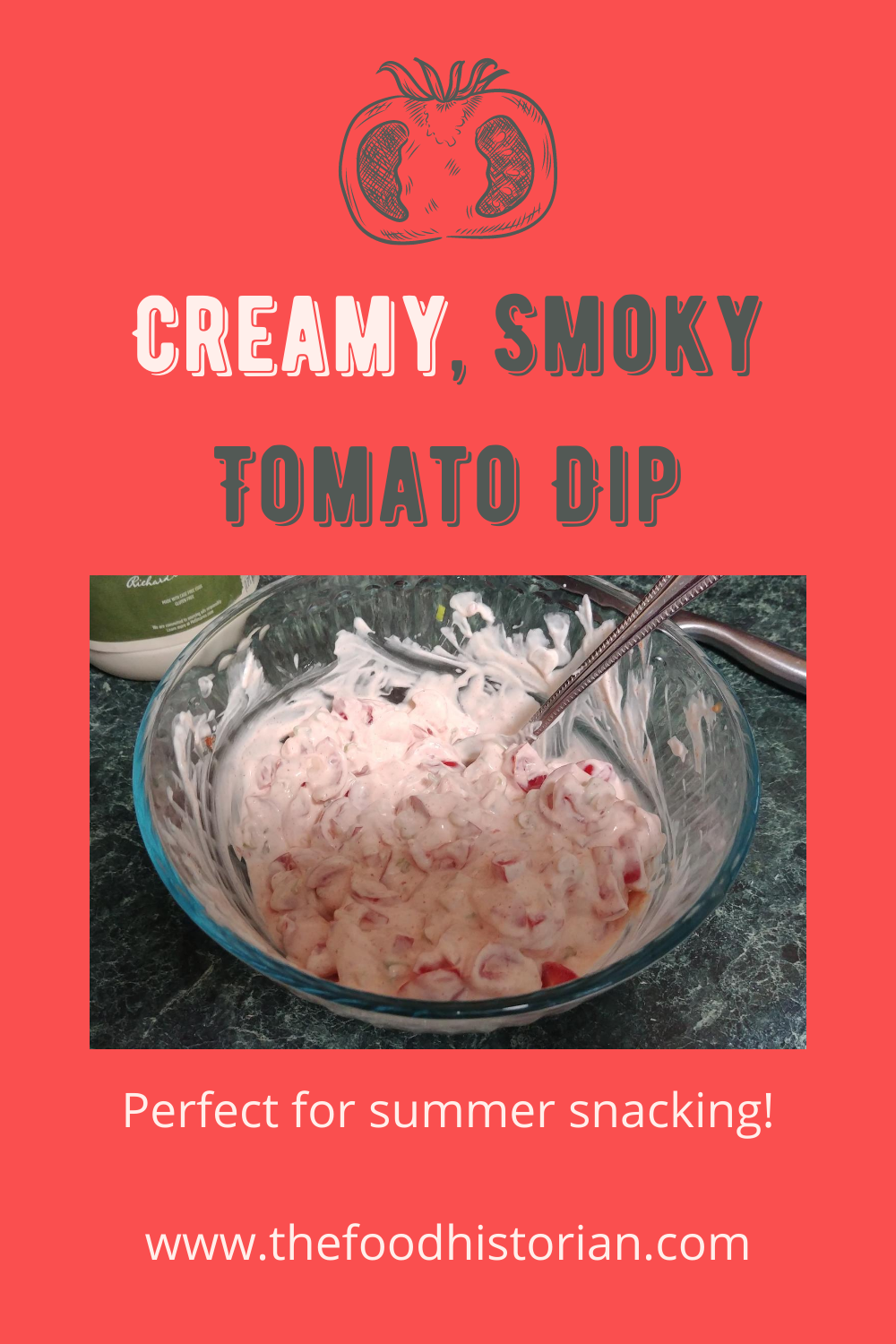
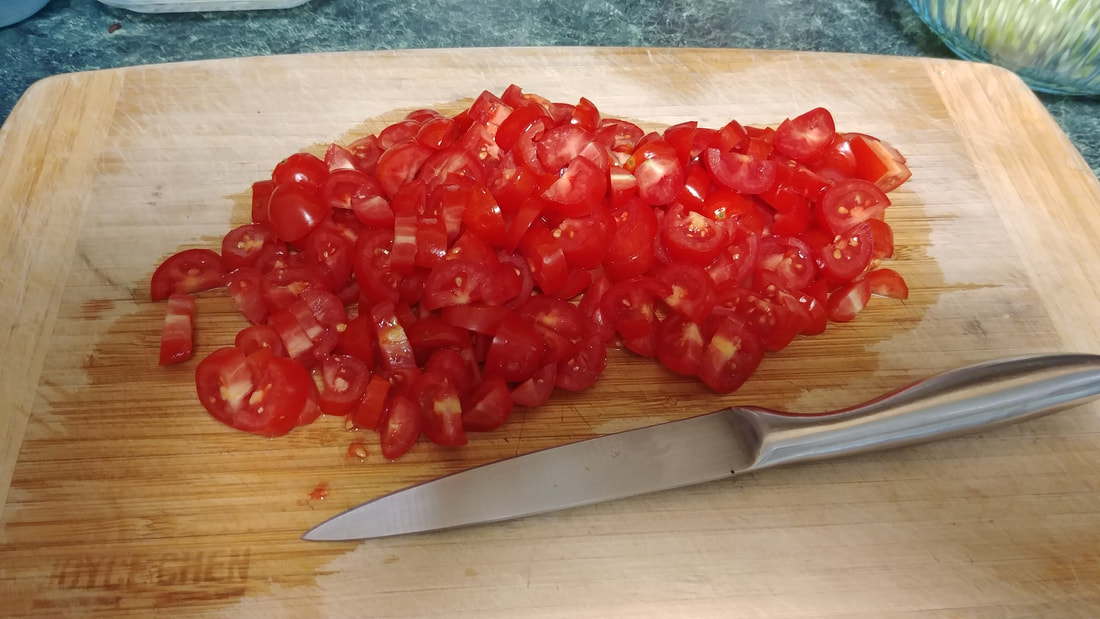
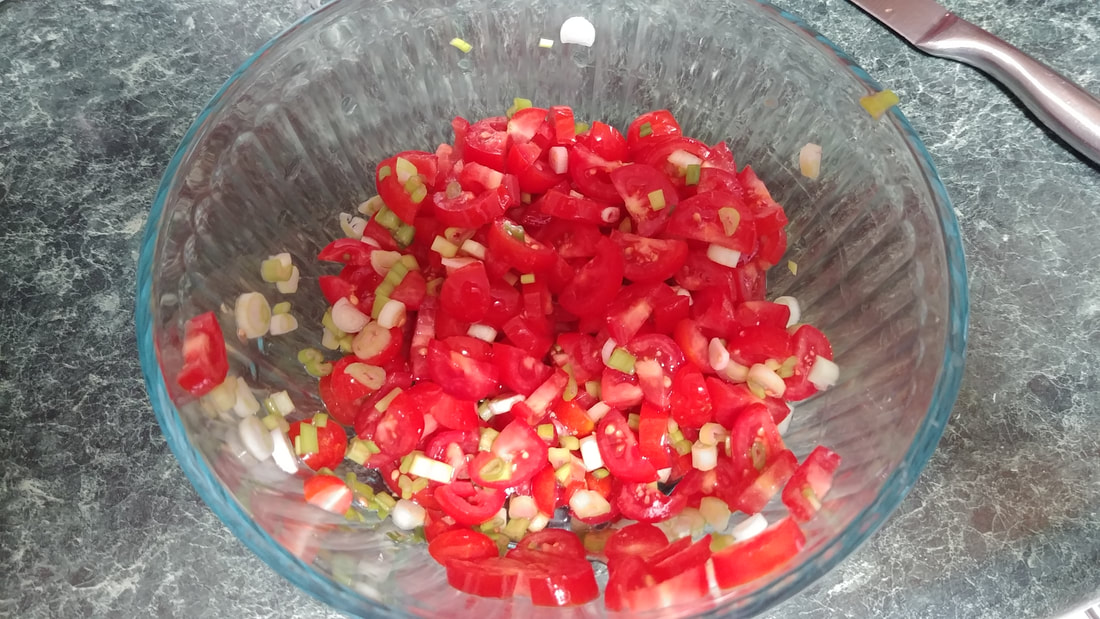
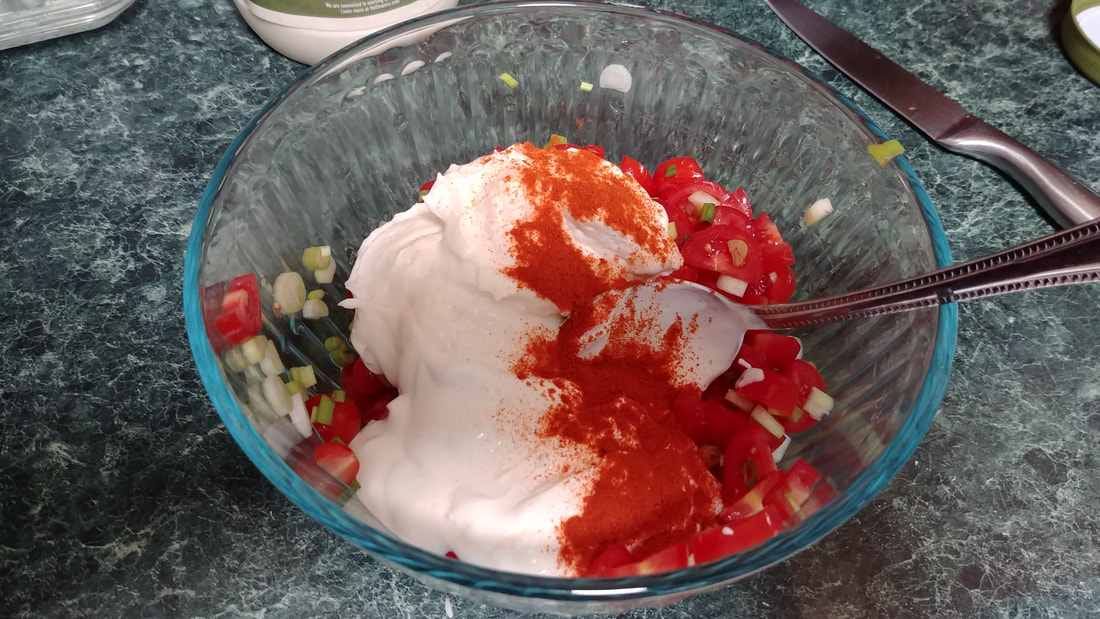
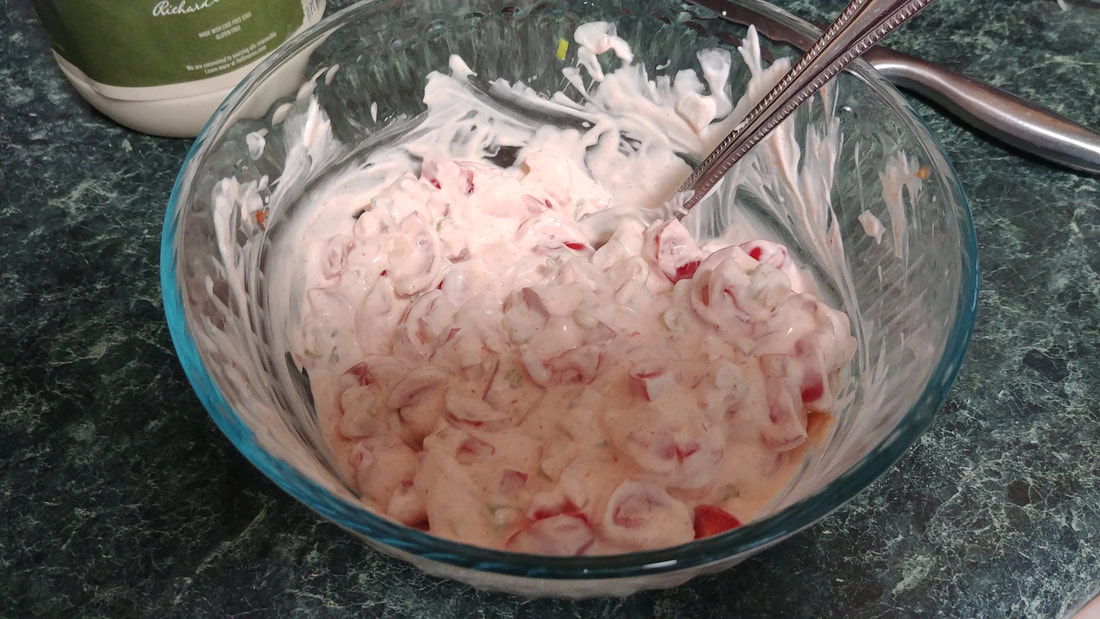
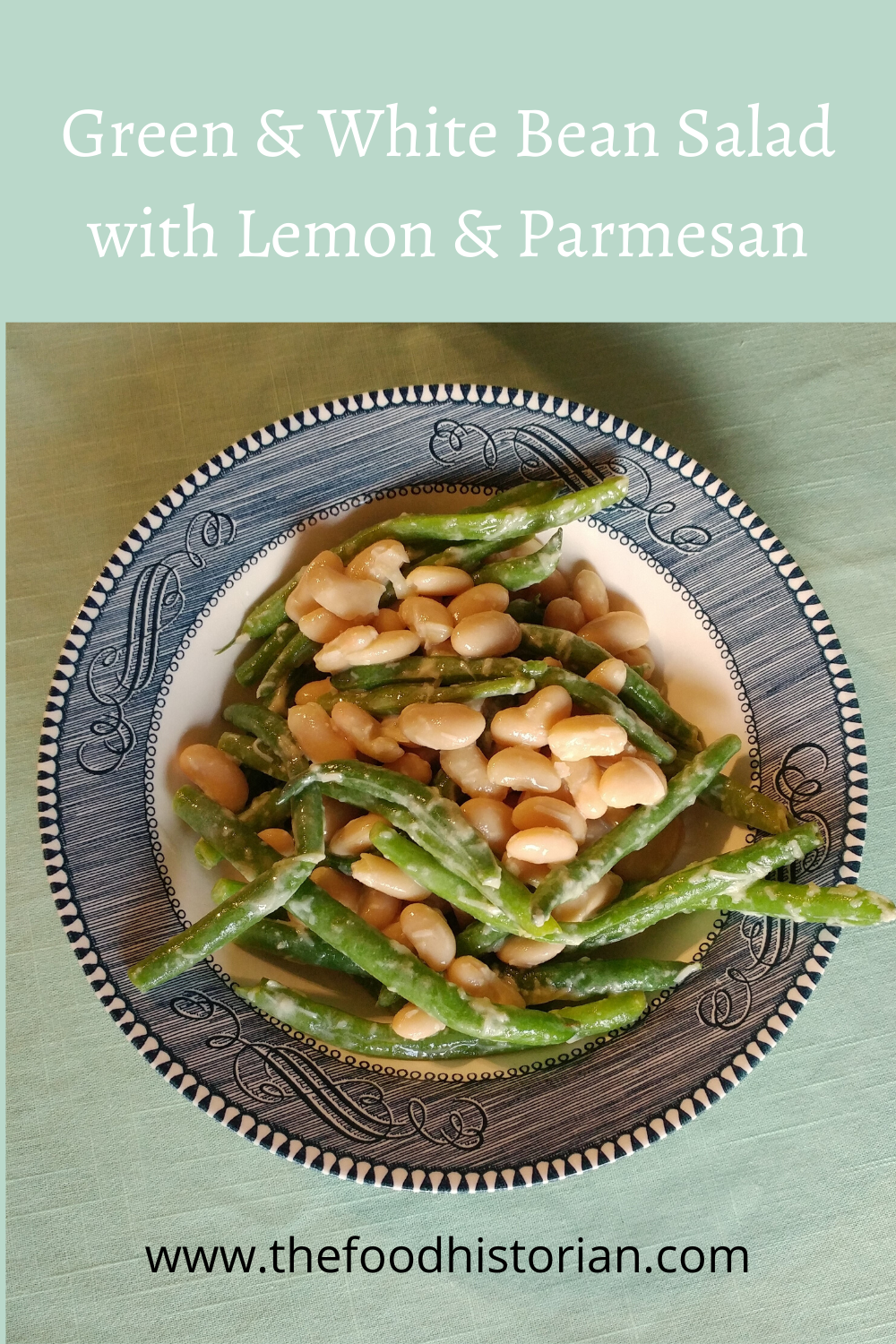
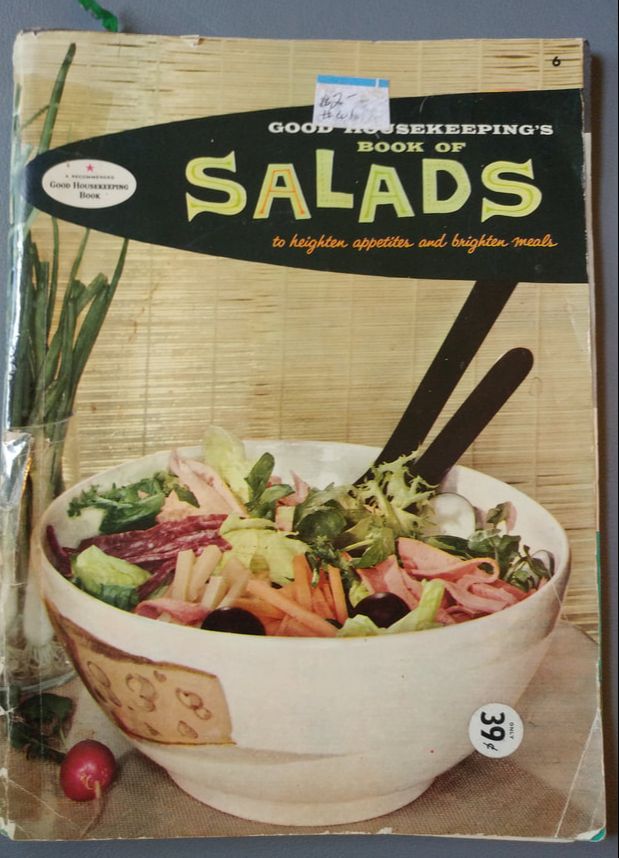
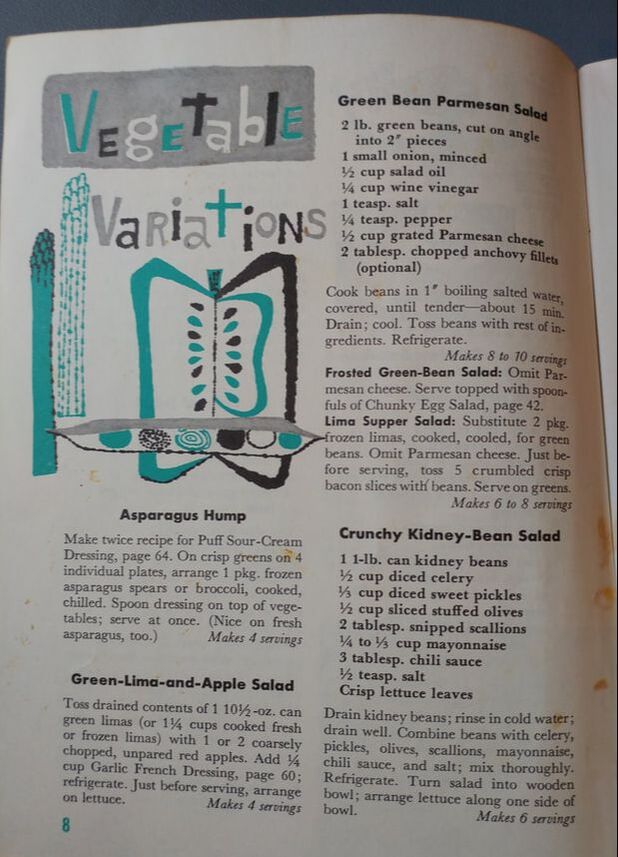
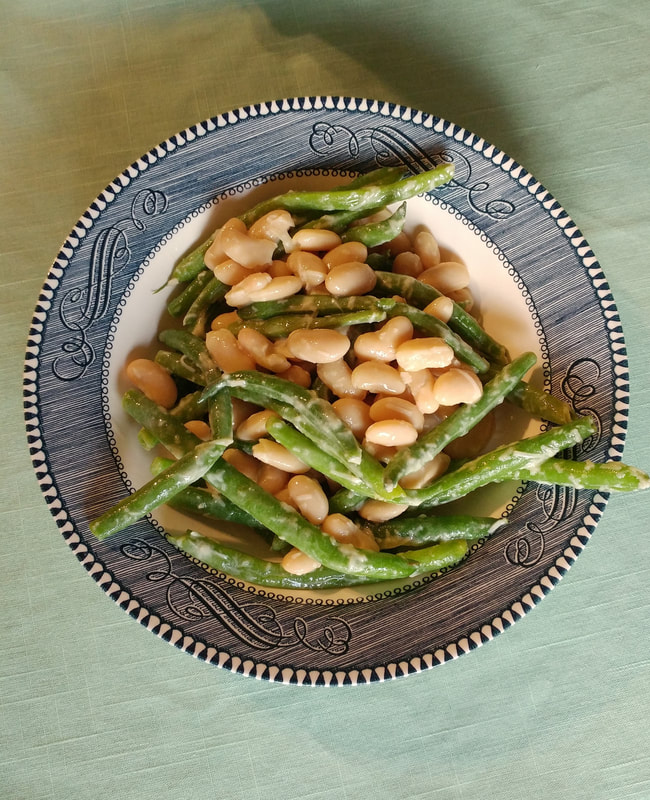
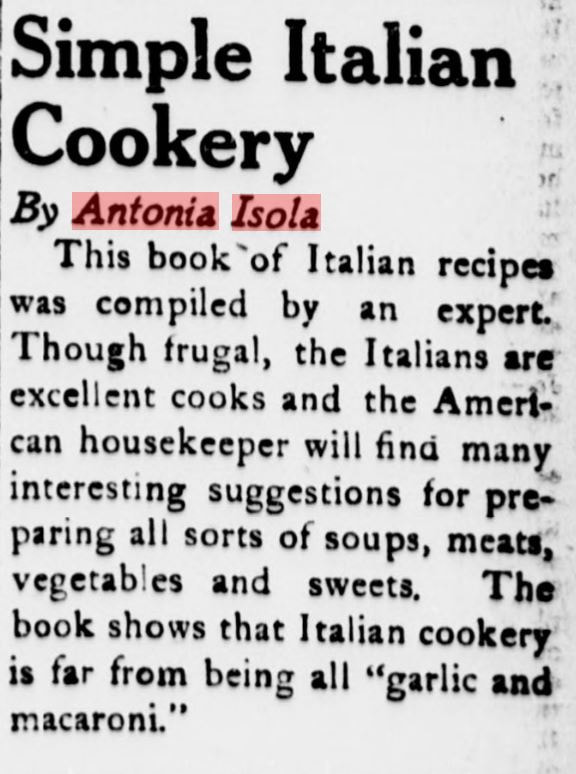
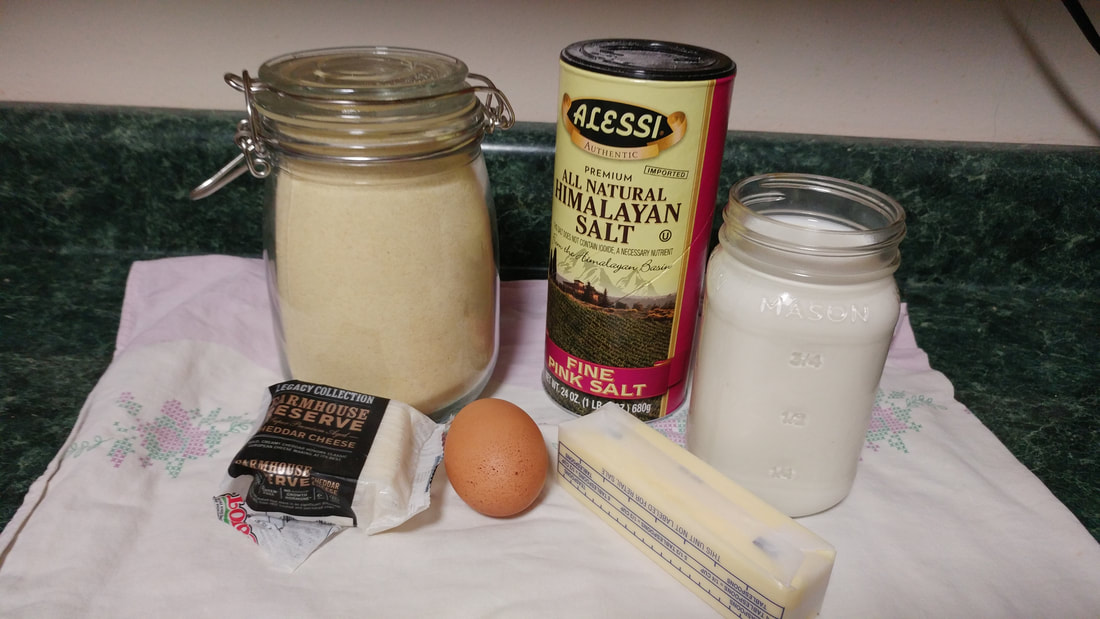
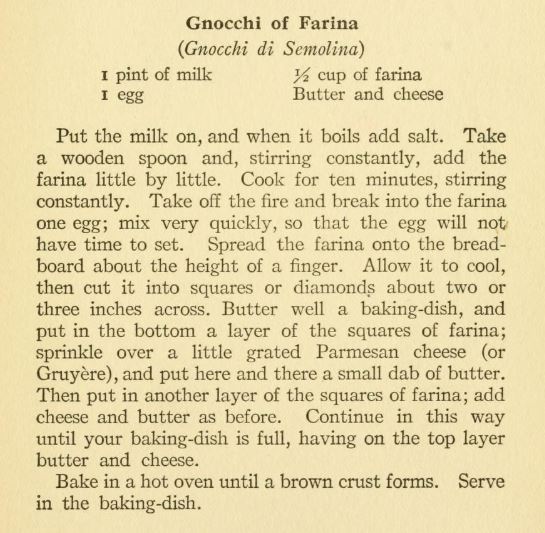
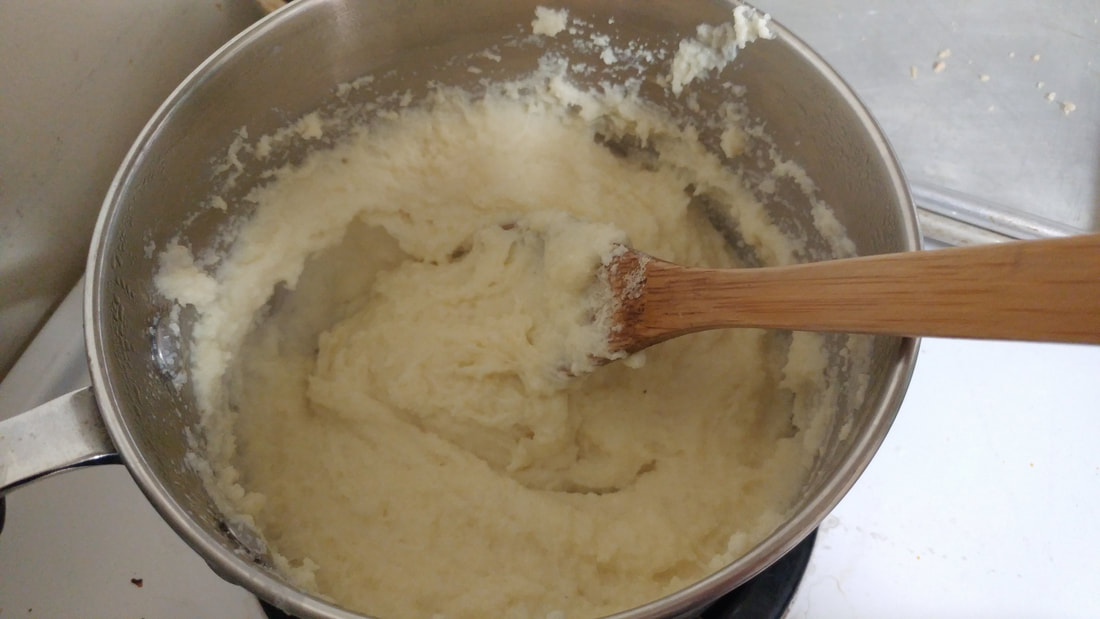
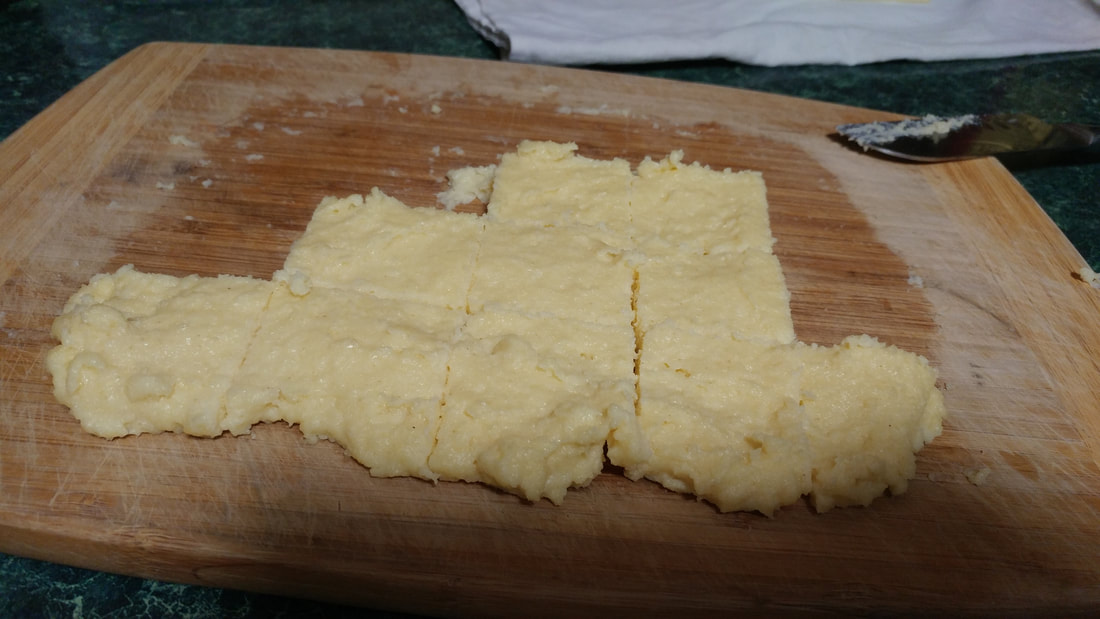
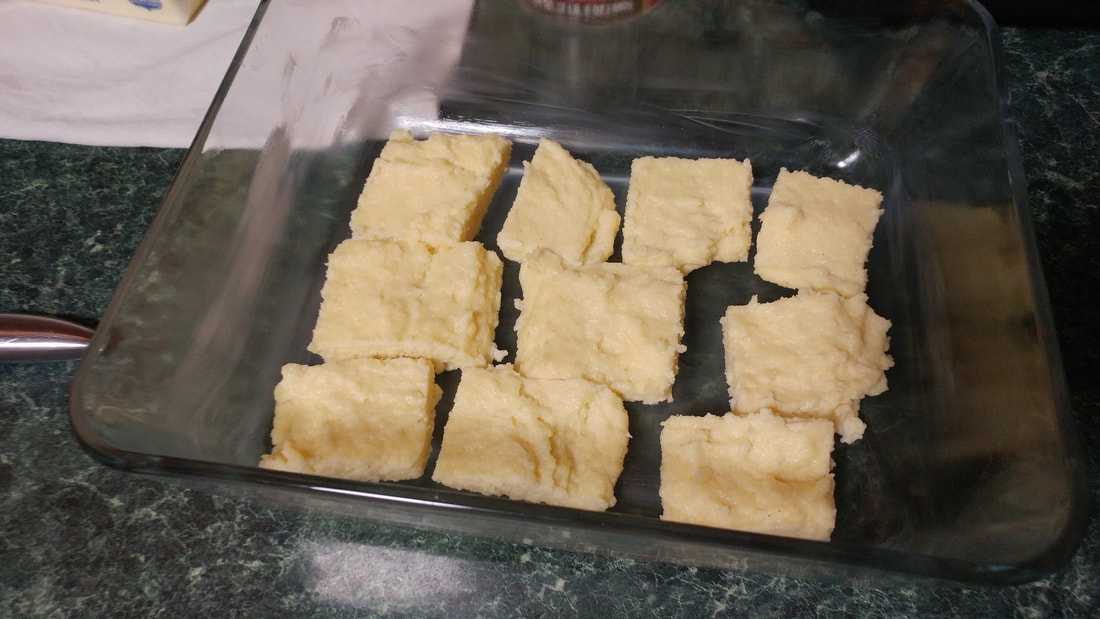
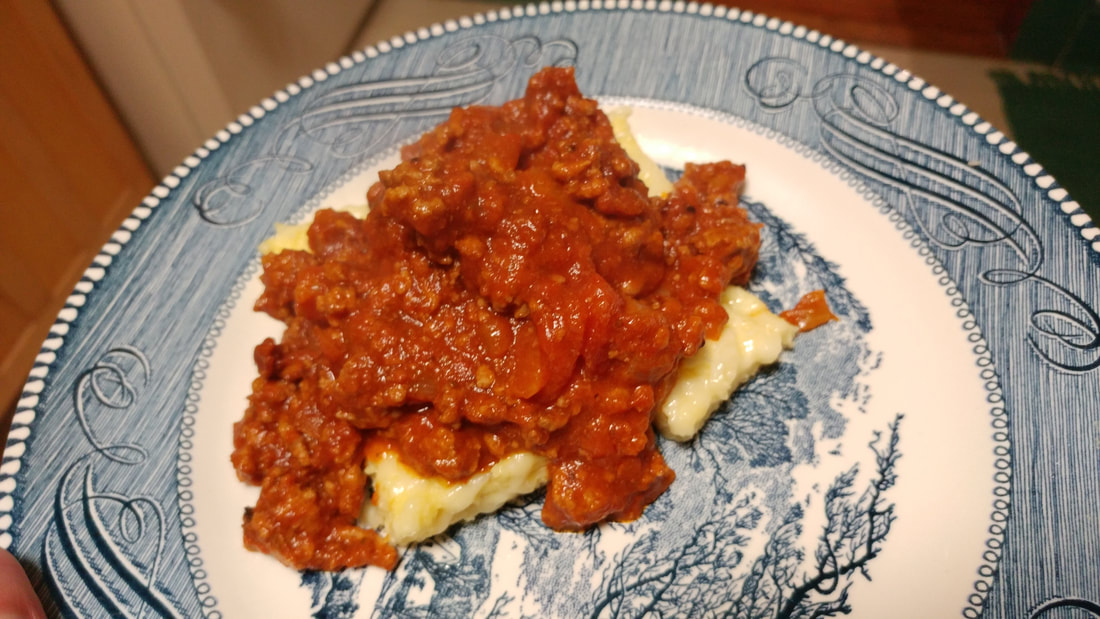

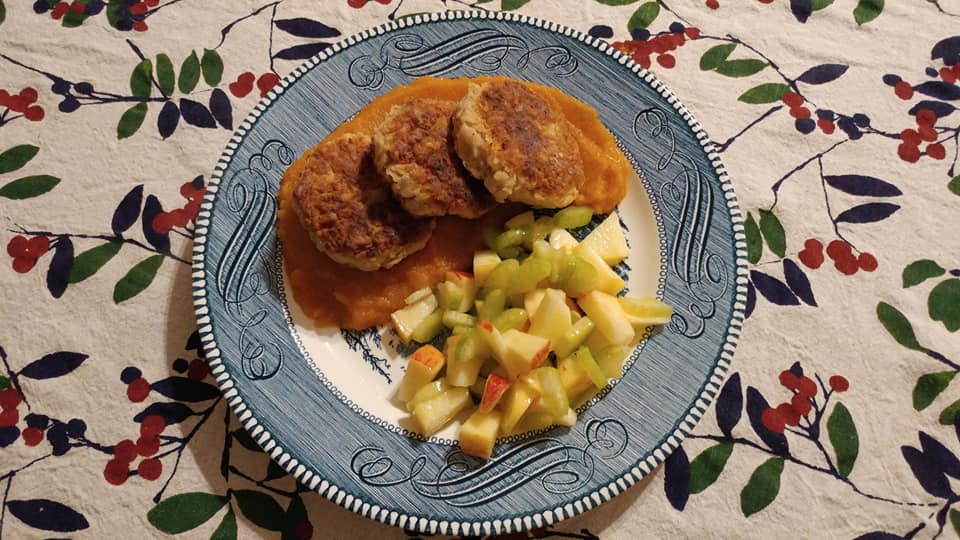

 RSS Feed
RSS Feed